Tabasco peppers bring a strong kick and unique flavor to any dish, but figuring out how to use them in your cooking can be a bit tricky.
Whether you’re looking to add a bit of heat to your favorite meals or want to explore new recipes, these peppers have a lot to offer.
Read more: Habanero or Jalapeño, which pepper adds more heat to your dish?
In this guide, I’ll walk you through some simple yet flavorful ways to make the most of Tabasco peppers in your kitchen. Let’s get into how you can spice things up without making it complicated.
Best Ways to Use Tabasco Peppers in Cooking
- Add Fresh Tabasco Peppers to Dishes
- Use Tabasco Peppers in Stews and Soups
- Dry and Grind Tabasco Peppers
- Create Infused Oil and Vinegar
- Cook with Dried Tabasco Peppers
- Blend Tabasco Peppers into Marinade and Rub
- Prepare Fermented Pepper Paste
- Pair Tabasco Peppers with Other Ingredients
1. Add Fresh Tabasco Peppers to Dishes
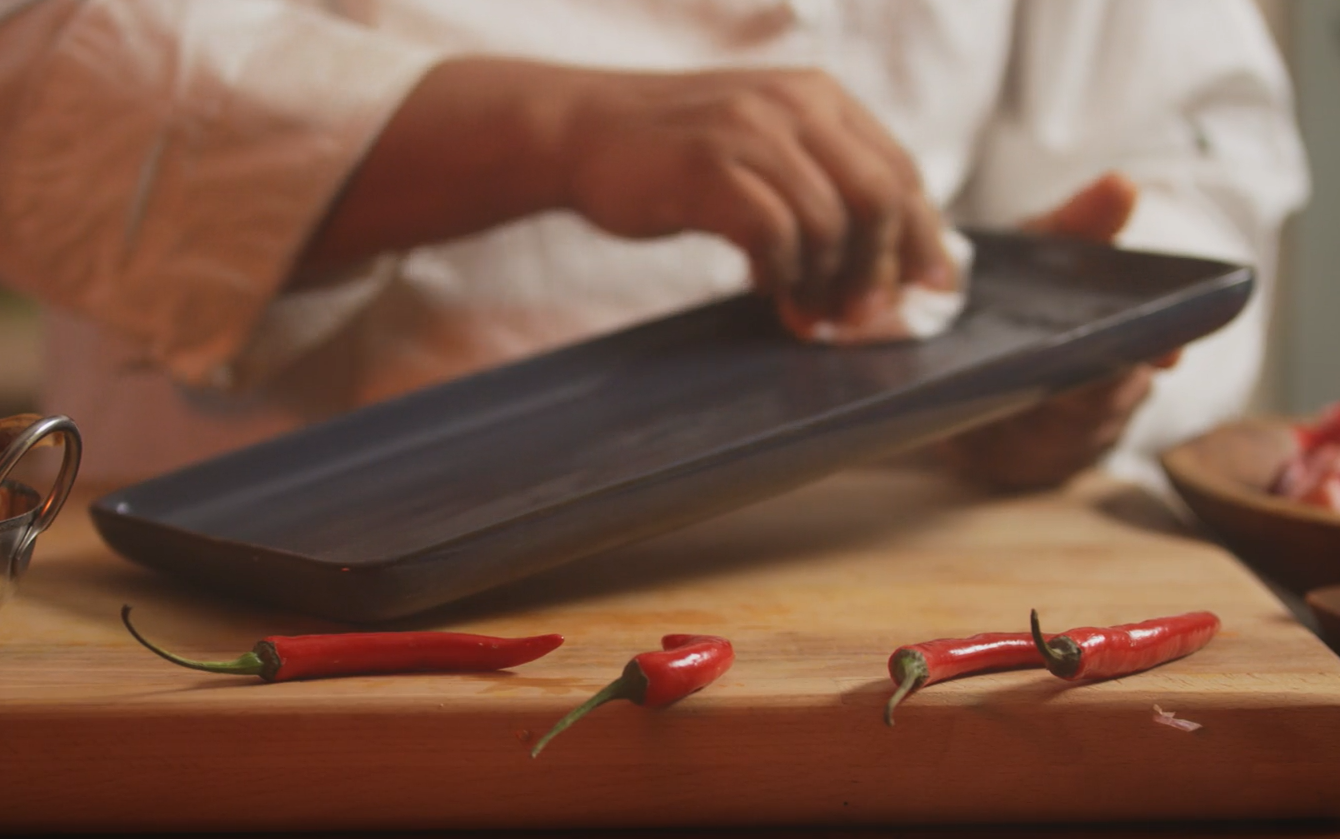
| Feature | Details |
|---|---|
| Spice Level | Medium to High (30,000-50,000 SHU) |
| Common Uses | Salsas, Garnishes, Sauces, Tacos |
| Pairing Ingredients | Tomatoes, Garlic, Onions, Citrus |
| Preparation Methods | Chopped, Sliced, Whole |
| Ideal Dishes | Mexican, Cajun, Creole Cuisine |
Using fresh Tabasco peppers is a quick and simple way to bring both heat and flavor to your meals. These peppers are perfect for spicing up a variety of dishes, from salsas and sauces to tacos and garnishes.
Their medium to high spice level delivers a fiery kick, while the slightly tangy, fruity flavor adds depth to any recipe.
You can chop or slice fresh Tabasco peppers and mix them into salsas, where they pair well with tomatoes, garlic, onions, and a squeeze of lime for balance.
If you prefer, you can keep them whole and add them to soups or stews to infuse flavor during cooking. They’re also excellent when used as a garnish, giving dishes like tacos, pizzas, or even scrambled eggs a fresh burst of spice.
For those who enjoy pickled foods, fresh Tabasco peppers can be pickled easily and stored for later use.
2. Use Tabasco Peppers in Stews and Soups
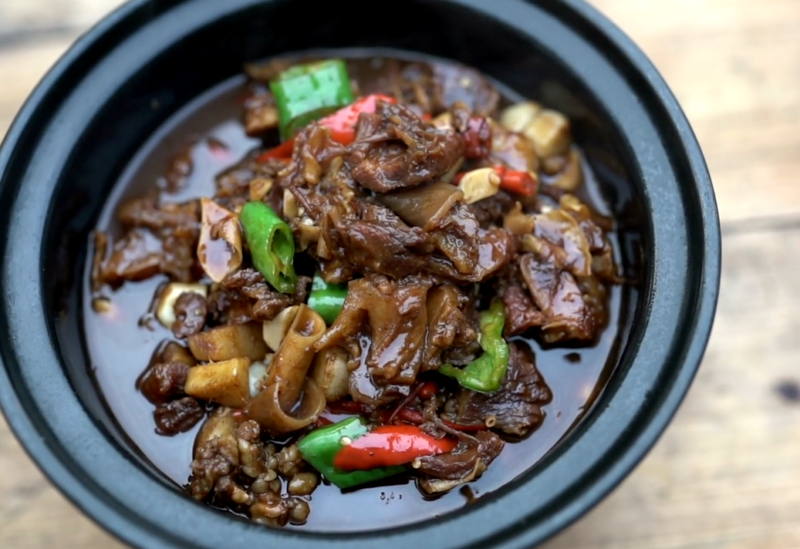
| Feature | Details |
|---|---|
| Ideal Cooking Method | Slow Simmering |
| Common Dishes | Gumbo, Jambalaya, Chili, Vegetable Stews |
| Preparation Methods | Whole, Chopped, or Sliced |
| Flavor Contribution | Adds Heat, Tanginess, and Depth |
Tabasco peppers are a fantastic addition to stews and soups, especially those with a rich, savory base.
When simmered in liquid-based dishes, these peppers release their spicy heat and unique tangy flavor, giving depth and complexity to meals.
Classic Southern dishes like gumbo, jambalaya, and even hearty chilis benefit from the addition of Tabasco peppers.
For stews and soups, you can add the peppers whole to infuse the dish gradually with spice, or you can chop or slice them for a more direct, intense burst of flavor. The longer the peppers simmer, the more their heat integrates into the dish.
In recipes like gumbo, where layers of flavor are built over time, adding Tabasco peppers early in the cooking process ensures a consistent spicy undertone throughout.
Tabasco peppers pair well with ingredients like smoked sausage, chicken, shrimp, and beans, commonly found in Cajun and Creole cuisine.
They also work well in tomato-based stews, adding just the right amount of kick without overpowering the dish.
The natural tanginess of the peppers complements acidic ingredients like tomatoes or vinegar, balancing out richer flavors in the broth.
If you’re aiming for a bold, spicy flavor, try adding chopped Tabasco peppers to your chili or vegetable stews.
3. Dry and Grind Tabasco Peppers
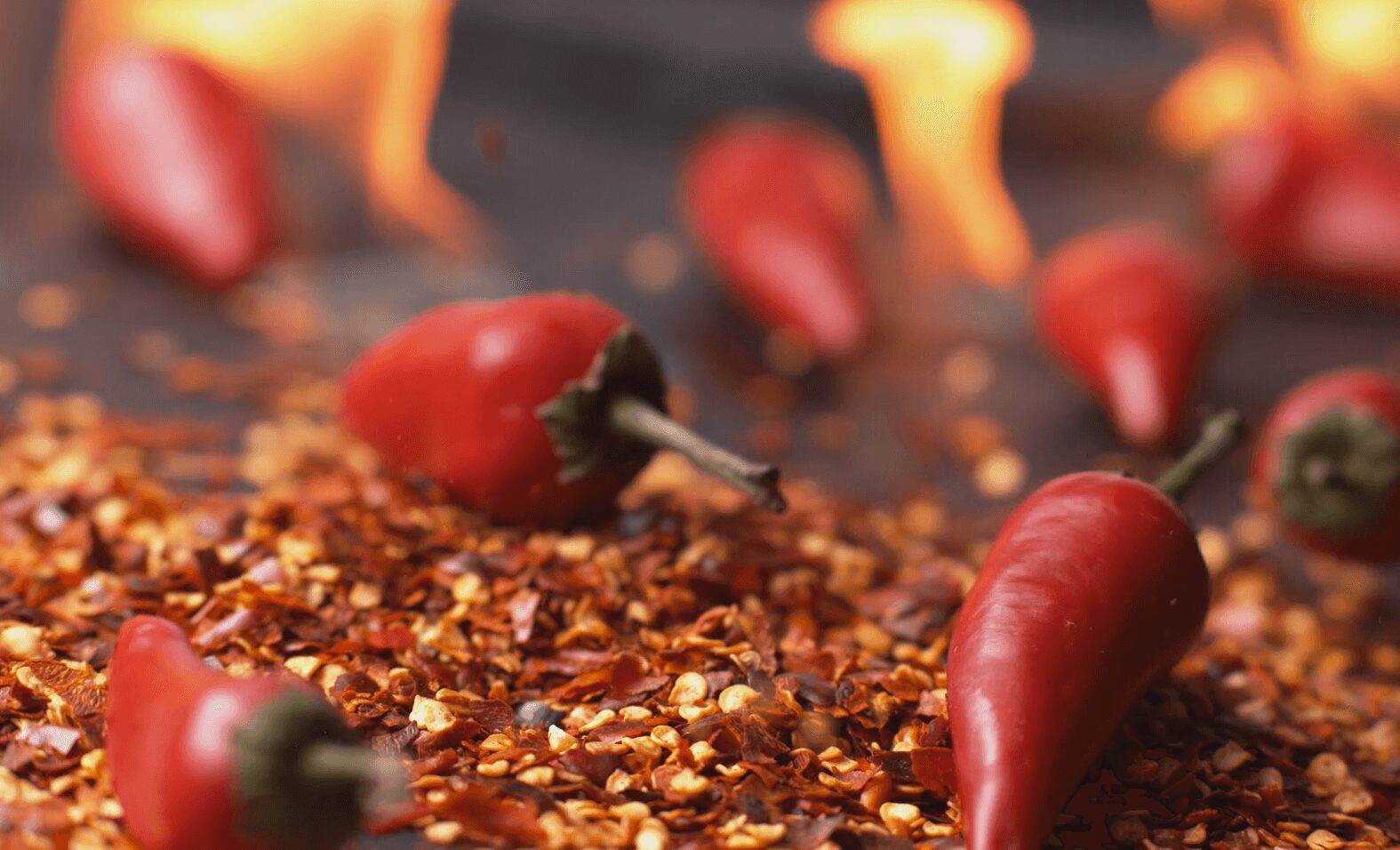
| Feature | Details |
|---|---|
| Common Uses | Seasoning for Meats, Vegetables, Soups |
| Drying Methods | Air Drying, Oven Drying, Dehydrator |
| Preparation Time | 1 to 2 Weeks for Air Drying, 6-12 Hours for Dehydration |
| Shelf Life | Up to 1 Year When Stored Properly |
| Storage | Airtight Containers, Cool and Dark Places |
Drying and grinding Tabasco peppers is a great way to preserve them for long-term use while creating a convenient spice that can be added to various dishes.
Once dried, these peppers can be ground into a fine powder, which can be used as a seasoning for meats, vegetables, soups, and more.
How to Dry Tabasco Peppers?
- Air Drying: Hang the peppers in a cool, dry, and well-ventilated area. This process takes 1 to 2 weeks, depending on the humidity and temperature. Simply string them together and hang them in bunches.
- Oven Drying: Place the peppers on a baking sheet and dry them in the oven at a low temperature (around 150°F or 65°C) for 6-12 hours. Keep the oven door slightly open to allow moisture to escape.
- Dehydrator: If you have a food dehydrator, this is the most efficient method. Set the dehydrator to around 135°F (57°C) and dry the peppers for 6-12 hours, checking periodically.
Grinding Tabasco Peppers
Once the peppers are completely dried and brittle, they can be ground into a powder. Use a spice grinder, coffee grinder, or mortar and pestle. The resulting powder can be fine or coarse, depending on your preference.
Store the ground pepper in an airtight container, and keep it in a cool, dark place to maintain its potency.
Using Ground Tabasco Pepper Powder in the Kitchen
- Sprinkle it over grilled meats, roasted vegetables, or eggs for an extra kick.
- Mix it into soups and stews to add depth of flavor.
- Combine it with salt to create a spicy seasoning blend.
- Use it in rubs for barbecuing or roasting.
4. Create Infused Oils and Vinegars
| Feature | Details |
|---|---|
| Common Uses | Salad Dressings, Marinades, Cooking Oil |
| Infusion Time | 2 to 4 Weeks |
| Ingredients Needed | Tabasco Peppers, Olive Oil or Vinegar, Garlic (Optional) |
| Storage | Airtight Bottles in Cool, Dark Places |
| Shelf Life | Up to 6 Months for Oil, 1 Year for Vinegar |
Infusing oils and vinegars with Tabasco peppers is an easy way to add a layer of spice and complexity to your dishes. These infusions can be used in a variety of ways, from salad dressings and marinades to drizzling over cooked foods.
The heat of the peppers, combined with the richness of olive oil or the tanginess of vinegar, creates a versatile and flavorful ingredient that you can keep on hand for months.
How to Create Tabasco-Infused Oil?
1. Ingredients
Fresh Tabasco peppers, olive oil, and optional garlic cloves for extra flavor.
2. Preparation
- Slice the Tabasco peppers lengthwise to release their oils. If you want a milder infusion, remove the seeds; for more heat, leave them in.
- Place the sliced peppers (and garlic, if using) into a sterilized bottle or jar.
- Pour in enough olive oil to fully cover the peppers.
3. Infusion
Seal the bottle and store it in a cool, dark place for 2 to 4 weeks. Shake the bottle every few days to help distribute the flavors.
4. Strain and Store
After the infusion period, strain out the peppers and garlic to prevent the oil from becoming too spicy or bitter. Store the infused oil in a clean, airtight bottle.
Uses for Infused Oil
- Drizzle over grilled meats, roasted vegetables, or pizzas.
- Use as a base for sautéing onions, garlic, and other aromatics.
- Incorporate into salad dressings or marinades for an added kick.
How to Create Tabasco-Infused Vinegar?
1. Ingredients
Fresh Tabasco peppers and white vinegar (or apple cider vinegar for a different flavor profile).
2. Preparation
- Slice the peppers and place them in a sterilized bottle.
- Pour in vinegar until the peppers are fully submerged.
3. Infusion
Let the vinegar infuse for 2 to 4 weeks, shaking the bottle occasionally.
4. Strain and Store
Once infused, strain out the peppers and transfer the vinegar to a clean bottle.
Uses for Infused Vinegar
- Splash onto salads, greens, or coleslaw for a tangy heat.
- Use in pickling brines for a spicy twist.
- Add to sauces and marinades to enhance their flavor.
5. Cook with Dried Tabasco Peppers
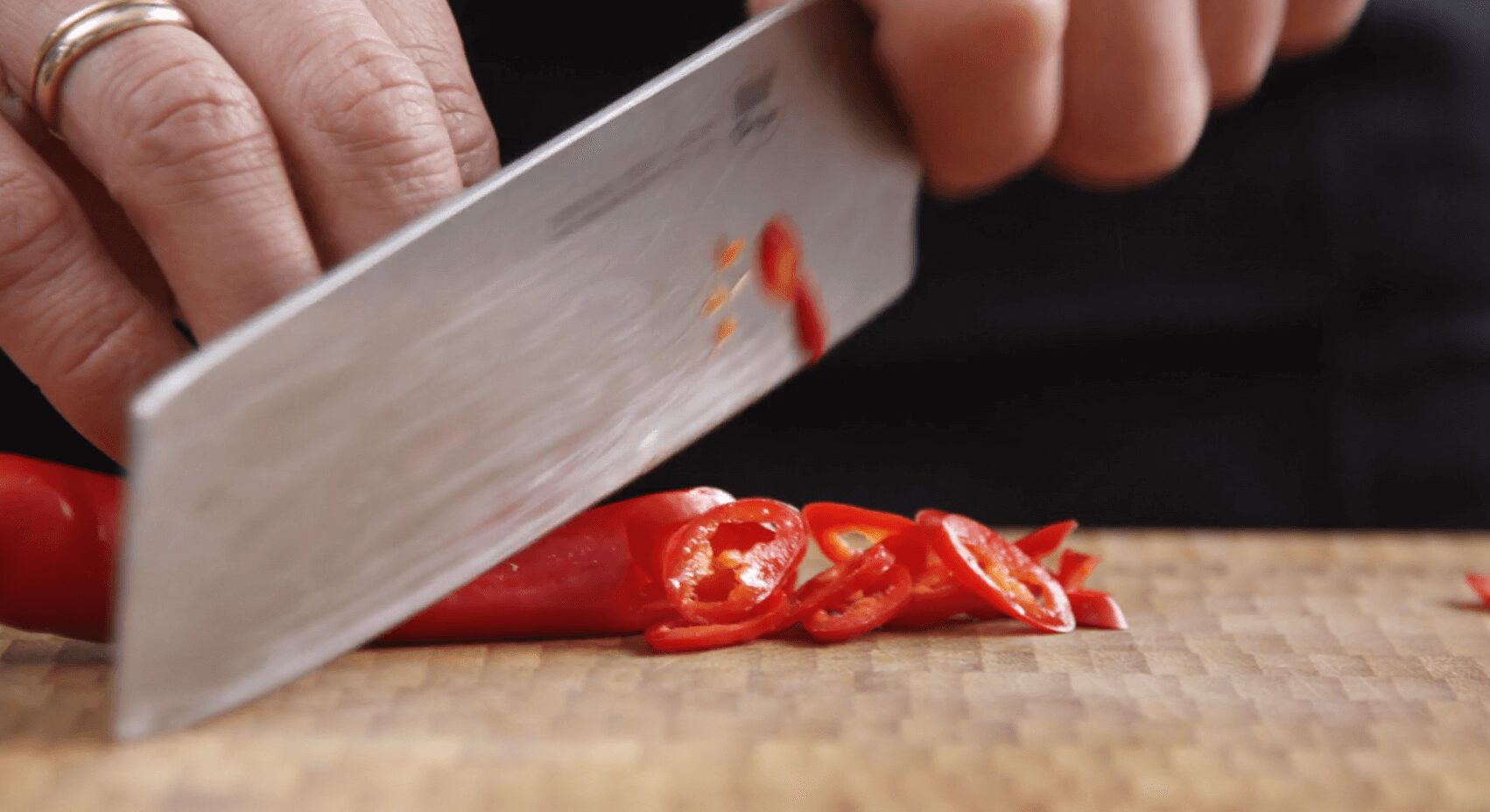
| Feature | Details |
|---|---|
| Common Uses | Soups, Stews, Chili, Sauces |
| Rehydration Time | 15-20 Minutes |
| Rehydration Method | Soak in Warm Water |
| Flavor Profile | Intense Heat with Smoky, Tangy Notes |
| Storage | Airtight Containers in Cool, Dark Places |
Dried Tabasco peppers offer concentrated flavor and heat, making them a fantastic ingredient for spicing up various dishes.
Once dried, these peppers can be stored for long periods and rehydrated whenever you need to use them in your cooking.
Their intense flavor, with smoky and tangy notes, adds depth to dishes like soups, stews, and sauces.
How to Rehydrate Dried Tabasco Peppers?
- Preparation: Start by placing the dried peppers in a bowl. If you want to tone down the heat, you can remove the seeds before rehydrating.
- Soaking: Pour warm water over the peppers and let them soak for 15-20 minutes. Once they’re soft and pliable, they’re ready to use. You can save the soaking liquid, which absorbs some of the pepper’s flavor, and use it in soups or sauces.
Using Rehydrated Tabasco Peppers
Once rehydrated, Tabasco peppers are as versatile as fresh ones.
- Soups and Stews: Add rehydrated peppers directly to soups or stews for a spicy kick. They blend well with ingredients like beans, meats, and root vegetables.
- Chili: Rehydrated Tabasco peppers bring a bold heat to chili recipes. Dice them up and cook them down with onions and garlic for a base that packs a punch.
- Sauces and Salsas: Blend rehydrated peppers into sauces, salsas, or even homemade hot sauce. They provide an extra layer of complexity and heat.
Storing and Using Dried Peppers
Dried Tabasco peppers can be kept in airtight containers in a cool, dark place for up to a year. They’re a convenient option when you want the flavor of fresh peppers without worrying about spoilage.
Besides rehydrating, you can also crush dried peppers into flakes and sprinkle them over pizzas, pastas, or grilled meats.
6. Blend Tabasco Peppers into Marinades and Rubs
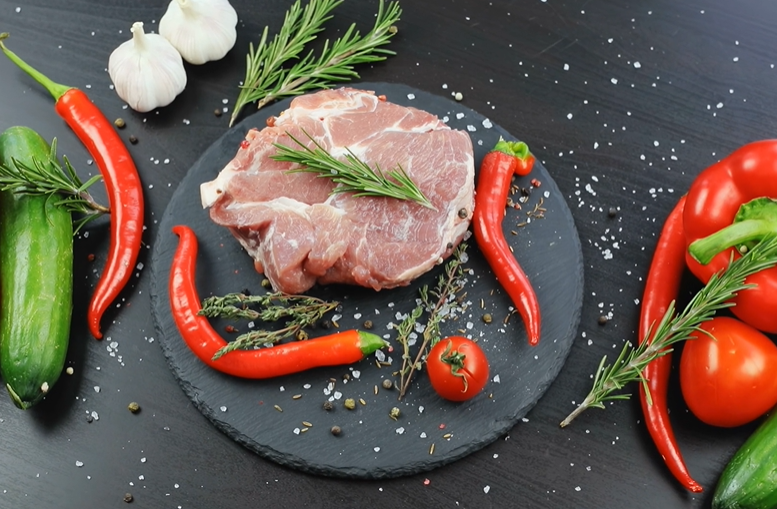
| Feature | Details |
|---|---|
| Common Uses | Marinating Meats, Poultry, and Vegetables |
| Preparation Time | 5-10 Minutes for Blending |
| Key Ingredients | Tabasco Peppers, Citrus, Garlic, Herbs |
| Marination Time | 1-24 Hours Depending on Desired Flavor |
| Flavor Profile | Spicy, Tangy, and Aromatic |
Tabasco peppers are perfect for making spicy marinades and rubs that can be used to flavor meats, poultry, and vegetables before cooking.
The natural heat of these peppers, combined with ingredients like citrus, garlic, and fresh herbs, creates a marinade that enhances the taste of grilled, roasted, or barbecued dishes.
How to Make a Tabasco Pepper Marinade?
1. Ingredients
Fresh or dried Tabasco peppers, lime or lemon juice, minced garlic, olive oil, salt, pepper, and herbs like cilantro or thyme.
2. Preparation
- For fresh peppers, remove the stems and blend them with the other ingredients until smooth. If using dried peppers, rehydrate them first and then blend.
- Adjust the consistency by adding more citrus juice or olive oil based on your preference.
3. Marination Process
Place your choice of meat, poultry, or vegetables in a large resealable bag or container. Pour the marinade over the food, making sure it’s evenly coated. Marinate for at least 1 hour for a mild flavor, or up to 24 hours for a stronger taste.
Using Tabasco Peppers in Dry Rubs
If you prefer dry rubs over marinades, dried and ground Tabasco peppers can be mixed with spices like paprika, cumin, garlic powder, and brown sugar to create a fiery rub. This rub can be applied directly to meats like chicken, pork, or steak before grilling or roasting.
Cooking Tips for Marinades and Rubs
- Marinades: Ensure the food is fully submerged or coated in the marinade. Rotate or flip the meat halfway through for even flavor absorption.
- Dry Rubs: Apply the rub generously and pat it into the meat for better adherence. Let the rubbed meat sit for at least 30 minutes before cooking to allow the spices to penetrate.
Best Uses for Tabasco Pepper Marinades and Rubs
- Grilled Chicken or Steak: The combination of citrus and peppery heat works perfectly for grilling.
- Roasted Vegetables: Toss vegetables like potatoes, zucchini, or bell peppers in the marinade before roasting for a zesty kick.
- Seafood: Use the marinade on shrimp or fish, balancing the spicy heat with tangy citrus flavors.
7. Prepare Fermented Pepper Pastes
| Feature | Details |
|---|---|
| Common Uses | Base for Sauces, Spread for Sandwiches, Marinades |
| Fermentation Time | 1-4 Weeks |
| Key Ingredients | Tabasco Peppers, Garlic, Salt, Water |
| Storage | Airtight Jars in the Refrigerator |
| Shelf Life | Up to 6 Months |
Fermenting Tabasco peppers into a spicy paste is a fantastic way to develop deep, complex flavors that enhance various dishes. The natural fermentation process brings out tangy, savory notes while mellowing the intense heat of the peppers.
Once ready, this fermented paste can be used as a sauce base, marinade, or even as a spread for sandwiches.
How to Make a Fermented Tabasco Pepper Paste?
1. Ingredients
Fresh Tabasco peppers, garlic cloves, salt, and water.
Preparation
- Remove the stems from the peppers and roughly chop them. If you want a milder paste, remove some of the seeds.
- Blend the chopped peppers with garlic and salt until you get a coarse paste.
Fermentation Process
- Pack the paste into a clean, sterilized jar, pressing it down to remove air pockets. Leave some space at the top.
- Cover the paste with a thin layer of water, ensuring that the peppers are fully submerged.
- Seal the jar loosely with a lid to allow gases to escape during fermentation.
- Store the jar in a cool, dark place for 1 to 4 weeks. Check periodically and skim off any surface mold if it appears. The longer you ferment, the more developed the flavors will be.
Storing and Using the Paste
After fermentation, transfer the paste to an airtight jar and store it in the refrigerator. The paste will keep for up to 6 months. Over time, the flavors will continue to mature, making it even more versatile for cooking.
Ways to Use Fermented Tabasco Pepper Paste
- Sauce Base: Mix the paste with vinegar or oil to create a hot sauce with more depth than standard store-bought options.
- Spicy Condiment: Spread it on sandwiches, tacos, or burgers for a zesty kick.
- Flavor Boost: Stir a spoonful into soups, stews, or rice dishes for added heat and umami.
- Marinades: Blend the paste with citrus juice and oil to marinate meats or vegetables before grilling or roasting.
8. Pair with Other Ingredients
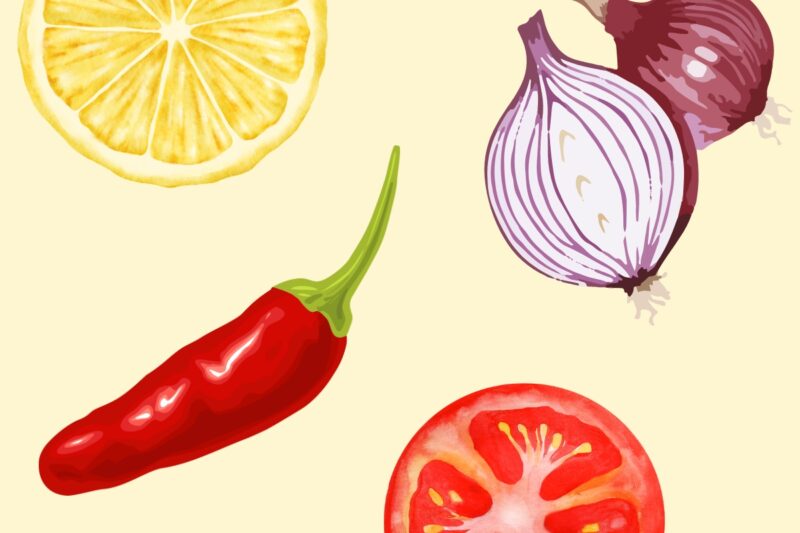
| Feature | Details |
|---|---|
| Best Pairings | Citrus, Garlic, Onions, Tomatoes, Vinegar |
| Common Dishes | Salsas, Sauces, Marinades, Stir-Fries |
| Flavor Combinations | Spicy, Tangy, and Savory |
| Preparation Methods | Chopped, Blended, Cooked, Raw |
| Cooking Styles | Grilling, Stir-Frying, Braising, Stewing |
Pairing Tabasco peppers with the right ingredients can bring out their best qualities, allowing you to craft well-balanced dishes with layers of flavor.
These peppers have a sharp, tangy heat that pairs beautifully with both savory and acidic ingredients.
Whether you’re making a salsa, a marinade, or a sauce, knowing how to combine Tabasco peppers with complementary flavors can elevate your cooking.
Top Ingredients to Pair
- Citrus (Lime, Lemon, Orange): The bright acidity of citrus juices balances the heat of Tabasco peppers, making it a great addition to marinades and sauces. Lime and lemon juice bring out the fruity notes of the peppers while toning down their spiciness.
- Garlic and Onions: These savory ingredients enhance the depth and richness of dishes. Whether used raw in salsas or cooked in stews, garlic and onions help mellow the sharpness of Tabasco peppers while boosting the overall flavor.
- Tomatoes: The natural sweetness and acidity of tomatoes pair perfectly with the spicy, tangy profile of Tabasco peppers. This combination is ideal for salsas, sauces, and soups.
- Vinegar: Whether it’s apple cider vinegar, white vinegar, or rice vinegar, the acidity enhances the sharpness of Tabasco peppers, making it a staple ingredient in hot sauces, pickles, and dressings.
- Herbs (Cilantro, Parsley, Thyme): Fresh herbs bring brightness and freshness to dishes, complementing the intensity of Tabasco peppers. Cilantro works particularly well in Mexican and Latin-inspired recipes, while thyme and parsley add depth to stews and marinades.
Dishes That Shine with Tabasco Pepper
- Salsas and Relishes: Combine chopped Tabasco peppers with diced tomatoes, onions, lime juice, and cilantro for a zesty salsa. Add some garlic and a splash of vinegar to create a tangy relish.
- Marinades for Grilling: Blend Tabasco peppers with citrus juice, garlic, and olive oil for a bold marinade that works well with chicken, fish, or vegetables.
- Sauces for Tacos and Burritos: Simmer Tabasco peppers with tomatoes, onions, garlic, and a touch of vinegar to make a rich, spicy sauce for Mexican dishes.
- Stir-Fries and Curries: Incorporate Tabasco peppers into stir-fries or curries with garlic, onions, and ginger for a quick burst of heat and flavor.
Cooking Techniques to Maximize Flavor
- Grilling: Tabasco peppers and their paired ingredients can be blended into a marinade or paste that penetrates the meat while grilling, creating a flavorful crust.
- Braising and Stewing: Slow-cook the peppers with onions, tomatoes, and spices in a braise or stew to infuse the entire dish with their heat and tang.
- Stir-Frying: Quickly cooking Tabasco peppers with garlic, onions, and other vegetables in a hot pan helps retain their freshness while evenly distributing the heat.
FAQs
Last Words
Tabasco peppers are a versatile ingredient that can spice up a wide range of dishes. Whether you’re using them fresh, dried, or in sauces and pastes, they add a unique heat and tang that can take your cooking to the next level.
From marinades and salsas to soups and even fermented condiments, there are countless ways to work with them in your kitchen.

